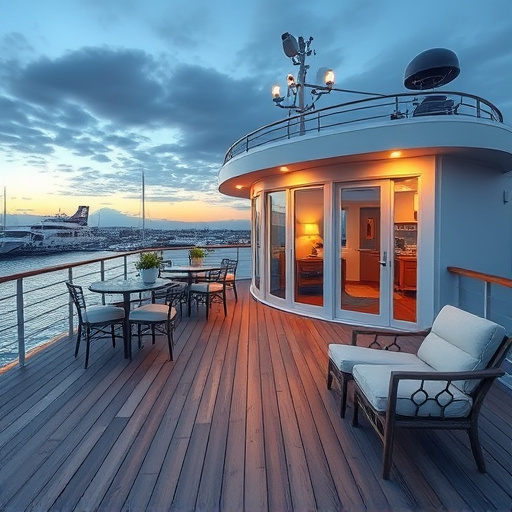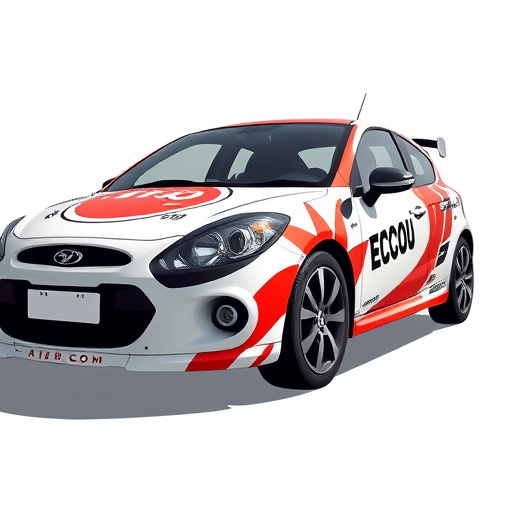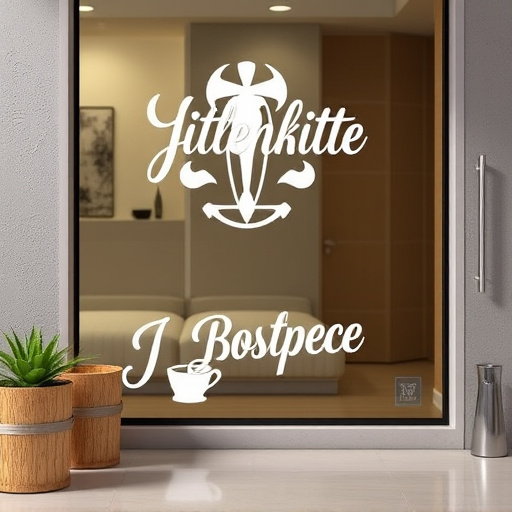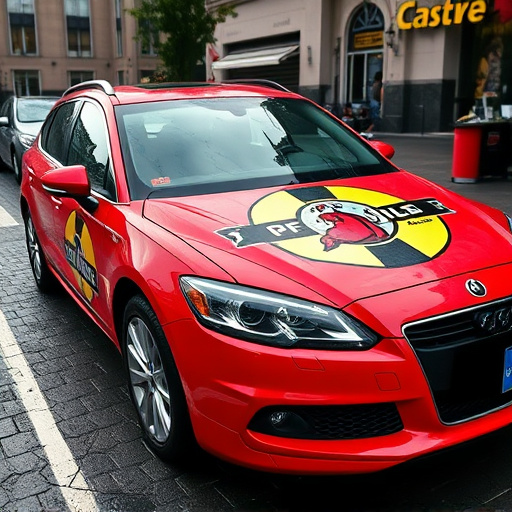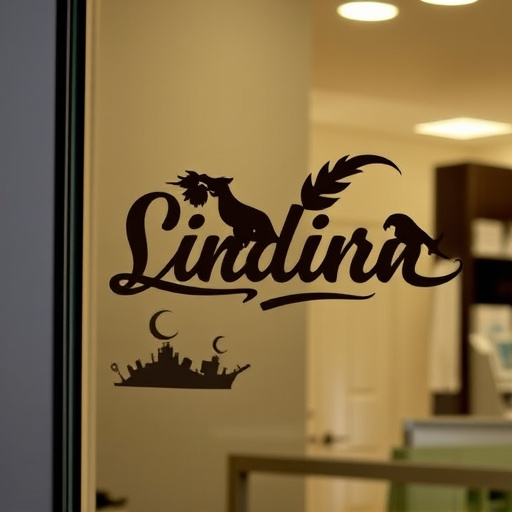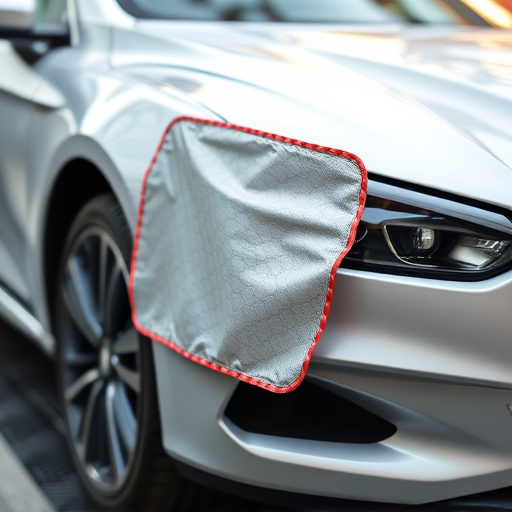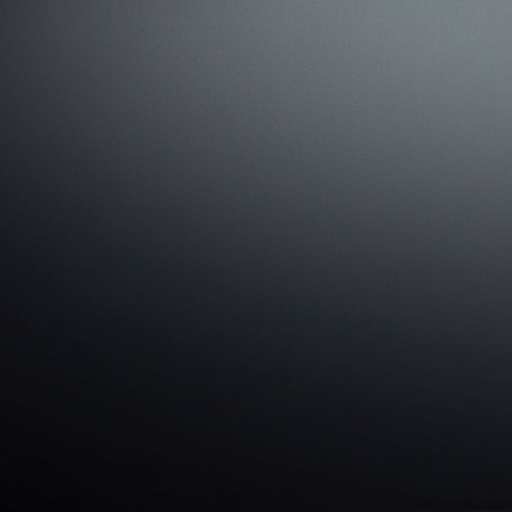Strategic placement of signage design installations boosts visibility, brand recognition, and audience engagement. Consider line of sight, foot traffic patterns, and environmental factors for optimal positioning. High-quality materials and tailored installation techniques enhance effectiveness and longevity. Custom graphics and creative elements like window tinting and ceramic coatings guide visitors and improve overall space ambiance, as evidenced by successful case studies.
In the realm of visual communication, signage design installation goes beyond aesthetics; it’s a strategic art. The placement of signs can significantly impact their effectiveness, guiding and engaging audiences. This article delves into the crucial aspect of signage placement, exploring its profound effects on various spaces. We present strategies for optimal design installation and highlight case studies that demonstrate how thoughtful placement transforms environments, enhancing both user experience and brand visibility. Understanding these principles is essential for any professional in the signage design industry.
- Understanding the Impact of Placement on Signage Effectiveness
- Strategies for Optimal Signage Design Installation Placement
- Case Studies: How Effective Placement Transforms Spaces
Understanding the Impact of Placement on Signage Effectiveness
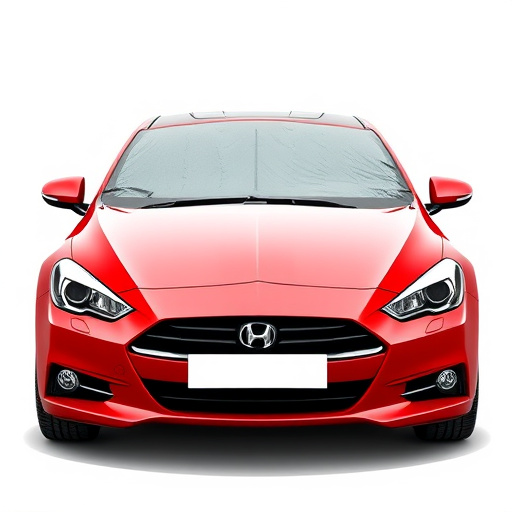
The placement of a sign is an art that can significantly impact its effectiveness and visibility. In the realm of signage design installation, understanding where to strategically position a sign is key to conveying the intended message. A well-placed sign can capture the attention of your target audience, enhance brand recognition, and guide customers or visitors seamlessly.
When it comes to signage, location is everything. For instance, a business sign installed in a highly visible area along a bustling street will likely attract more attention than one hidden in a quiet alleyway. Similarly, considering the line of sight and foot traffic ensures that your message is received by those who need it most. Incorporating ceramic coating or window tinting (as offered in vehicle enhancement services) can also add an extra layer of protection and visual appeal, ensuring signs remain legible and distinctive even in challenging weather conditions or bright sunlight.
Strategies for Optimal Signage Design Installation Placement

When strategizing the placement of signage design installations, understanding the target audience and their behavior is key. Consider where your intended viewers are most likely to pass by or spend time. For instance, for a retail business, placing signs at eye level along main thoroughfares or within clear lines of sight from parking lots will maximize visibility. In contrast, industrial sites might benefit more from strategically positioned signs high up on walls or fences, or in locations that offer line-of-sight across expansive areas.
Moreover, the physical environment plays a role in determining optimal placement. Think about obstacles like trees, buildings, or other signage that could obstruct your target audience’s view. Ensure your signs are placed where they won’t be easily overshadowed and can be clearly seen from various angles. High-quality finishes and professional installation techniques, such as careful consideration of car customization for outdoor signs, will also contribute to the longevity and effectiveness of the signage design installation.
Case Studies: How Effective Placement Transforms Spaces

Effective signage design installation goes beyond aesthetics; strategic placement is a game-changer. Case studies from various spaces—from retail stores to museums—constantly demonstrate this. For instance, a recent study showed that a simple shift in sign positioning increased foot traffic by 25% in a downtown mall. Custom graphics, meticulously placed, guided visitors to key attractions, enhancing the overall visitor experience.
Another example involves an art gallery where window tinting and ceramic coating were used on display windows. By strategically placing signs highlighting specific exhibitions, the gallery saw a significant surge in engagement. These installations not only protected artwork from direct sunlight but also acted as artistic elements themselves, drawing attention and transforming ordinary spaces into captivating destinations.
The effective deployment of signage design installation is a powerful tool in transforming spaces and enhancing communication. By understanding the impact of placement, leveraging strategic design principles, and learning from real-world case studies, we can ensure that signage serves its intended purpose. Optimizing placement isn’t just about aesthetics; it’s a crucial step towards creating engaging, informative, and impactful environments that resonate with audiences. Incorporating these strategies into signage design installation practices can significantly boost the overall success of any space, making it a vital consideration for designers and businesses alike.
